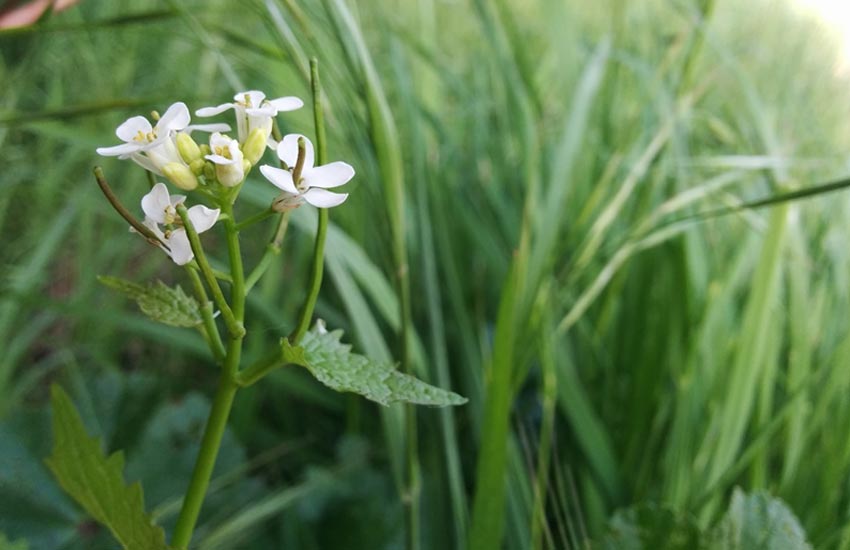Flux & influx are two highly relevant terms this week.
Influx is fairly straight forward to deal with, one definition is 'an arrival or entry of large numbers of people or things' which sums up quite accurately the past week at forager as well as the coming weeks. In terms of people we have had an ethnobotany student from the University of Kent join our team for the next 2 months to look at what we do as part of her fieldwork, this week we welcomed once again our good friend Anu who runs a government funded 'foraging' school in Lapland and next week we have an Australian chef coming to stage with us for the next 3 weeks. Most definitely an influx of people. We have also had an influx of tasty wild products: as Spring keeps steaming towards Summer every plant and his cousin is making an appearance and we're out there trying to bring as much as possible of the passing present into our fridge to grace your plates.
That brings me nicely onto flux from the Latin fluxus meaning 'flow'. On this point we're trying to straddle both sides of the camp at forager - we are trying to go with the flow and yet we also find ourselves trying to momentarily pause it. Plants like all living things are in a state of flux; they exist 4-dimensionally constantly moving through time. We pick (quite literally) particular moments which we categorise as products to send to you. We have to do that to be able to describe what we are going to send to you - a stalk, a leaf, a stem, a flower, a seed and so on. Of course that kind of categorisation is very useful for clear communication but it can also mean that sometimes we miss passing moments. I remember talking through this theme at around the same time last year when Jorge Ferreira was visiting us from Brazil - we were looking at Sea Kale plants and I was explaining to him the different products. The plant was still producing broccoli heads but the flowers were beginning to open: no longer broccoli not yet flowers but delicious nevertheless. The plant is in a state of flux. Of course the whole idea of broccoli itself is one of interrupted or halted state of flux; that we decide that we want to eat the plant at the point just before the flowers open but when flower buds have formed - it's an arbitrary distinction.
A couple of weeks back Miles showed me a section which he had been reading in a Samuel Thayer book which looked at the idea of a meristem and he immediately realised that this describes most of what we sell. This is the part of the plant which is still producing fresh growth and as such it is the tender part of the plant; it's comparable to stem cells in animals which are cells that have the potential to become many other types of cell. In a plant they might become leaf, they might become, flower and so on... they're like the plant version of the event horizon! For the most part when we are considering a plant from a culinary point of view we are looking for the tender part (exceptions would of course be when we use them for flavouring - seeds as spices for example) and so what we harvest is the meristem.
At this time of year many of the plants are either already flowering or getting ready to flower and set seed. They need to hold their flowers up as high as they can to reach the attention of passing pollinators. This involves putting up a stem to hold the flowers up and requires a constant transition from meristem to more fibrous and woody material. The stem needs to become rigid at the base but the growing tip remains in flux. The meristem is constantly shifting further and further up the plant but as each section below becomes woody and fibrous it supports a soft tender area of meristem. This process doesn't really stop until the plant finally finishes flowering and the seed hardens off because of course while the seed and the containing pods are still green (as in peas, beans, etc.) you still have meristem cells and so you still have tender edibility. It's a great way to start rethinking the idea of edibility and to take away some of the rigidity which can otherwise come about by more rigid definitions of when and which part of a plant is 'good' to eat. Thanks Samuel!

